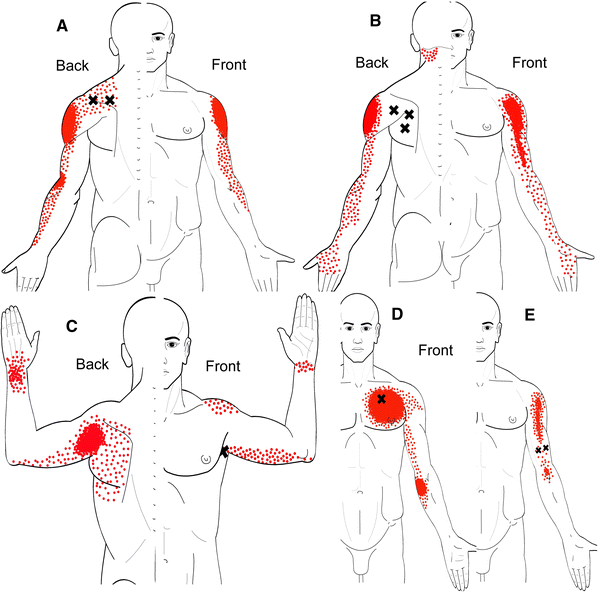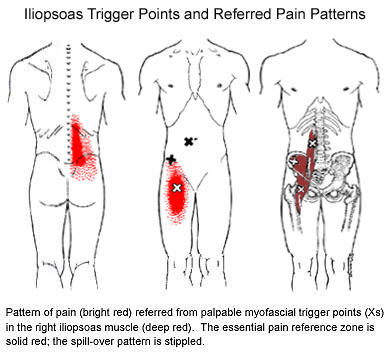
Your elbows and forearms should rest evenly on the armrests. Your elbows should rest on either your work surface or armrests at the same height. Your knees should fit under your desk, and the chair needs to be close enough that you can lean against your backrest.
Modify or replace your mis-fitting furniture. If you have a body asymmetry or short upper arms, see a specialist to get compensating lifts or pads. turning your head to one side for long periods to have a conversation 12. whiplash (a car accident, falling on your head, or any sudden jerk of the head) 10. carrying a day pack or purse over one shoulder - even if you think you are not hiking up one shoulder, you are, no matter how light the item. bra straps that are too tight (either the shoulder straps or the torso strap). dentists/hygienists, architects/draftsmen, and secretaries/computer users) 8 any profession or activity that requires you to bend over for extended periods (i.e. sitting without a firm back support (sitting slumped). sports activities with sudden one-sided movements. sleeping on your front or back with your head rotated to the side for a long period. sewing on your lap with your arms unsupported. a chair without armrests, or the armrests are too high. cradling a phone between your ear and shoulder. short upper arms (which causes you to lean to one side to use the armrests). a hemipelvis that is smaller on one side (the part of the pelvis you sit on). TrP3 can refer a deep ache and diffuse tenderness over the top of the shoulder 6 Trigger Point Images - TrapeziusĬauses and Perpetuation of Trigger Points. possibly referral on the back of the shoulder blade, down the inside of the arm, and into the ring and little fingers ( TrP7), very similar to a serratus posterior superior referral pattern. mid-back, neck, and/or upper shoulder region pain 4. TrP6 refers aching pain to the top of the shoulder near the joint 3 Lower trapezius. TrP5 refers superficial burning pain close to the spine. intolerance to weight on your shoulders. dizziness or vertigo (in conjunction with the sternocleidomastoid muscle). headaches on the temples / "tension" headaches. 
There are three main parts to the muscle: the Upper, middle, and lower trapezius, and each part has its own actions and common symptoms.

As you can see from the picture, the trapezius is a large kite-shaped muscle, covering much of the back and posterior neck. The trapezius commonly contains trigger points, and referred pain from these trigger points bring patients to the office more often than for any other problem. Causes and Perpetuation of Trigger Points.






 0 kommentar(er)
0 kommentar(er)
